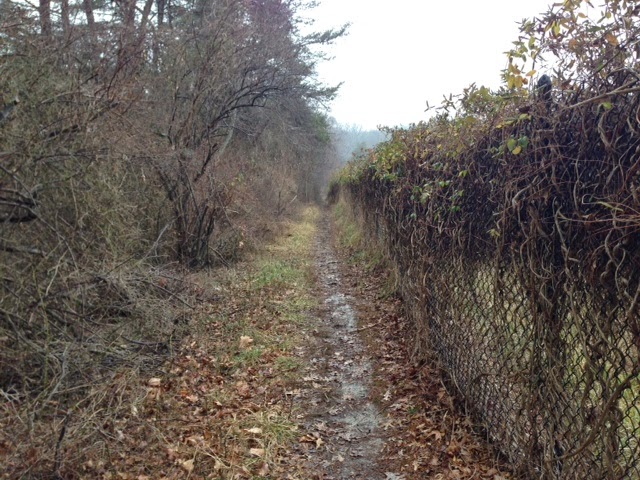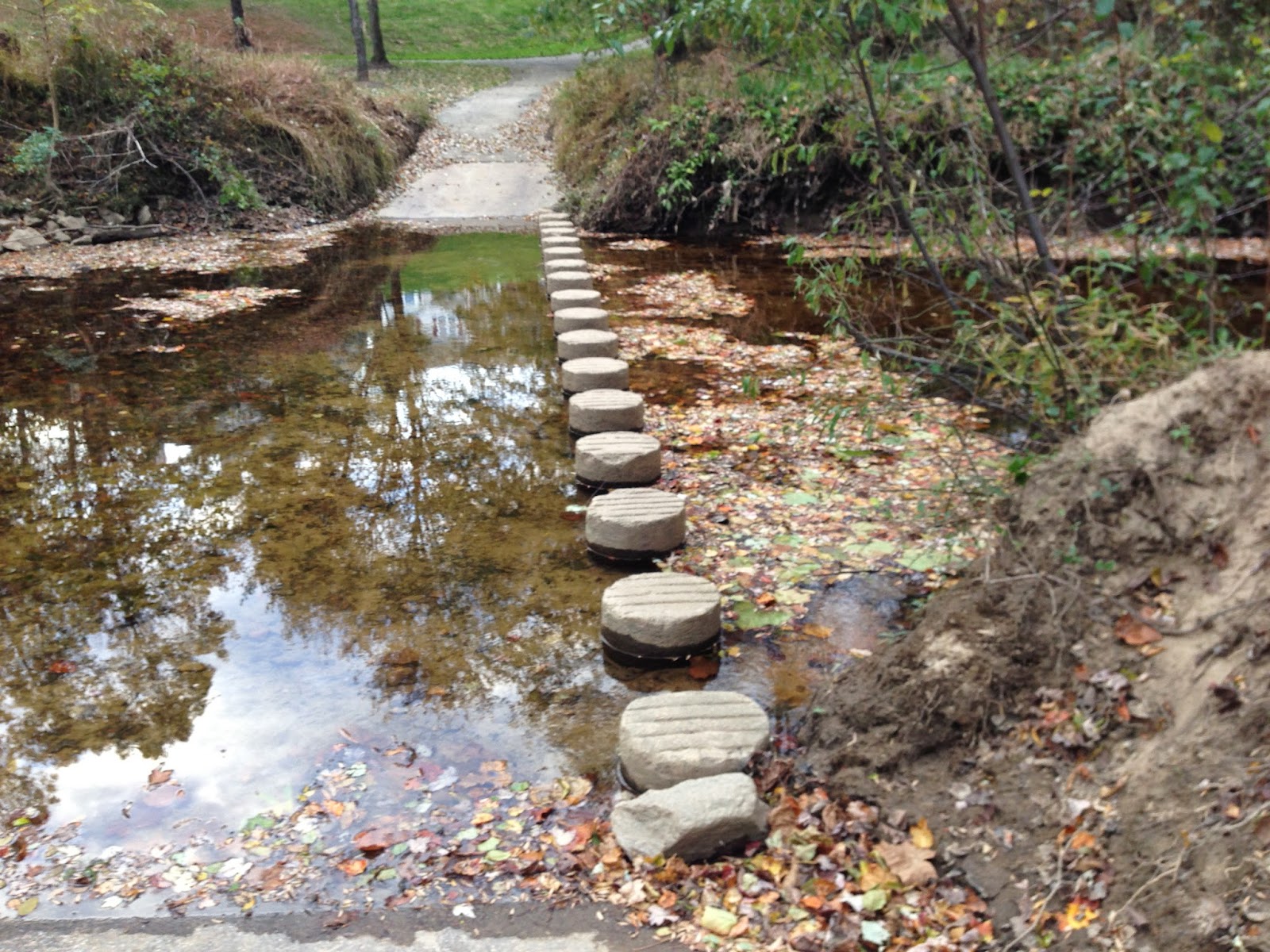When I’m sluggish or stuck, when the ideas in my head have congealed into a hopeless mess, I take to the trail. Thoughts arrive as gifts, flowing from the rhythm of the stride and from the scenery I pass at the pace of footfall. When the brain stalls, the feet step in.
Seems like magic — and maybe it is. But it’s neuroscience, too.
Evidence is mounting that exercise is good for the brain, that it may even stave off Alzheimer’s. According to a recent article in the Wall Street Journal, exercise not only triggers the growth of new brain cells in the hippocampus but it also acts as “a kind of brain fertilizer, helping the brain to grow.”
The scientist Frederick Gage, says the Journal, has suggested that “new cells arise from long walks because, in an evolutionary sense, our bodies associate the exertion with moving from an existing territory, which had perhaps become depleted of food or too dangerous, to a new, unexplored territory whose details must be learned. In anticipation the brain releases new cells and growth factors, which create a more plastic state and make possible new neural connections.”
My exercised brain tells me he might be onto something.




